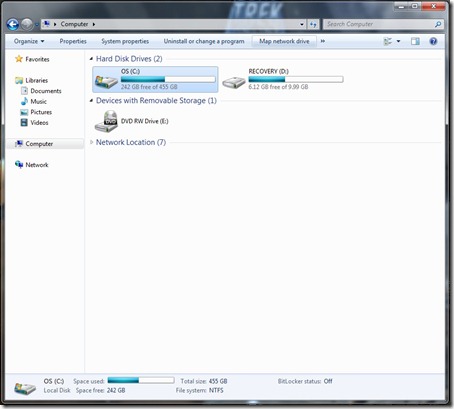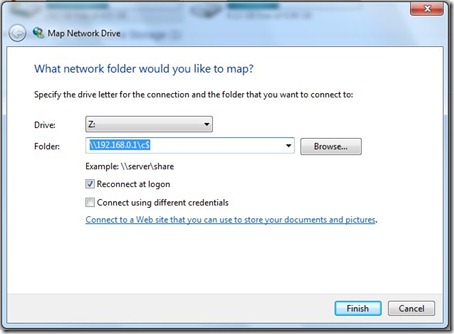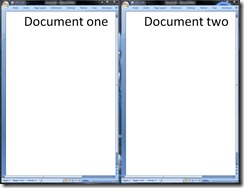If when attempting to upgrade from Windows Vista to Windows 7 your installation hangs at 62% this could be due to the iphlpsvc service and Microsoft offers the following fix:
- Reboot the computer; this will cause a rollback to Windows Vista.
- Click Start, and right-click Computer.
- Click Properties, and then click Advanced System Settings.
- Click Environment Variables.
- Under System Variables, click New, and then press ENTER
- Type in the following variable information:
Variable Name: MIG_UPGRADE_IGNORE_PLUGINS
Variable value: IphlpsvcMigPlugin.dll - Then Restart Setup.
Note This workaround only applies to the iphlpsvc service hangs









